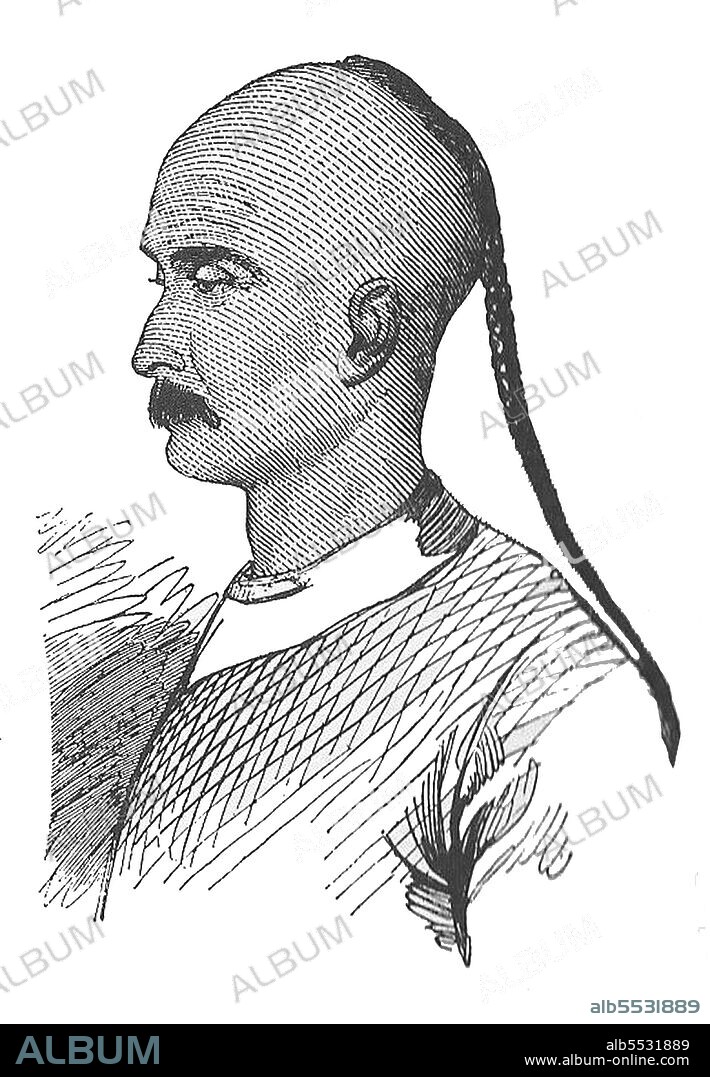alb5531889
China: A Chinese Jew of Kaifeng with a Manchu queue hairstyle, late 19th century.

|
Zu einem anderen Lightbox hinzufügen |
|
Zu einem anderen Lightbox hinzufügen |



Haben Sie bereits ein Konto? Anmelden
Sie haben kein Konto? Registrieren
Dieses Bild kaufen.
Nutzung auswählen:

Titel:
China: A Chinese Jew of Kaifeng with a Manchu queue hairstyle, late 19th century.
Untertitel:
Siehe automatische Übersetzung
The Kaifeng Jews are members of a small Jewish community that has existed in Kaifeng, in the Henan province of China, for hundreds of years. Jews in modern China have traditionally called themselves Youtai (from Judah) in Mandarin Chinese which is also the predominant contemporary Chinese language term for Jews in general. However, the community was known by their Han Chinese neighbors as adherents of Tiaojinjiao, meaning, loosely, the religion which removes the sinew (a reference to kashrut). According to historical records, a Jewish community lived in Kaifeng from at least the Northern Song Dynasty (960–1127) until the late nineteenth century and Kaifeng was Northern Song's capital. It is surmised that the ancestors of the Kaifeng Jews came from Central Asia. It is also reported that in 1163 Ustad Leiwei was given charge of the religion (Ustad means teacher in Persian), and that they built a synagogue surrounded by a study hall, a ritual bath, a communal kitchen, a kosher butchering facility, and a sukkah. Today, 600-1,000 residents of Kaifeng trace their lineage back to this community. After contact with Jewish tourists, the Jews of Kaifeng have reconnected to mainstream Jewry. With the help of Jewish organizations, some members of the community have emigrated to Israel.
Bildnachweis:
Album / Pictures from History/Universal Images Group
Freigaben (Releases):
Bildgröße:
3160 x 4559 px | 41.2 MB
Druckgröße:
26.8 x 38.6 cm | 10.5 x 15.2 in (300 dpi)
Schlüsselwörter:
CHINESIN • CHINESISCH • GRAVUR • JUDAISMUS • JUDE • JUDEN • JUDENTUM • JUEDISCH • JUEDISCHE RELIGION • JÜDISCHE RELIGION • KUNST • MODE • RELIGION • RELIGION: MOSAISCH • STICH (KUNST) • STIL • TECHNIK: ZEICHNUNG • ZEICHNEN • ZEICHNUNG


 Pinterest
Pinterest Twitter
Twitter Facebook
Facebook Link kopieren
Link kopieren Email
Email
